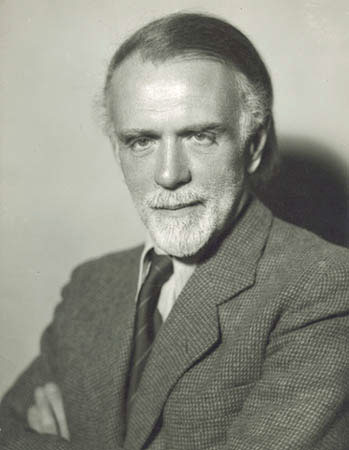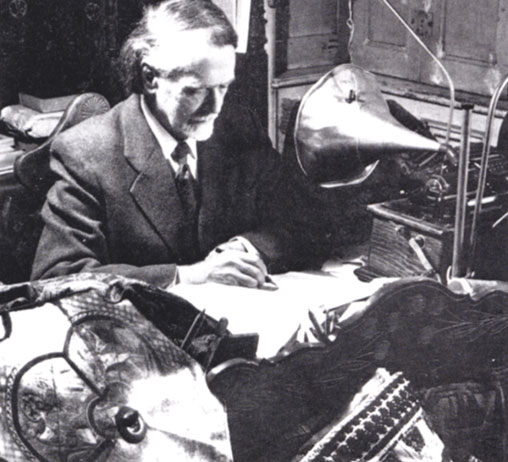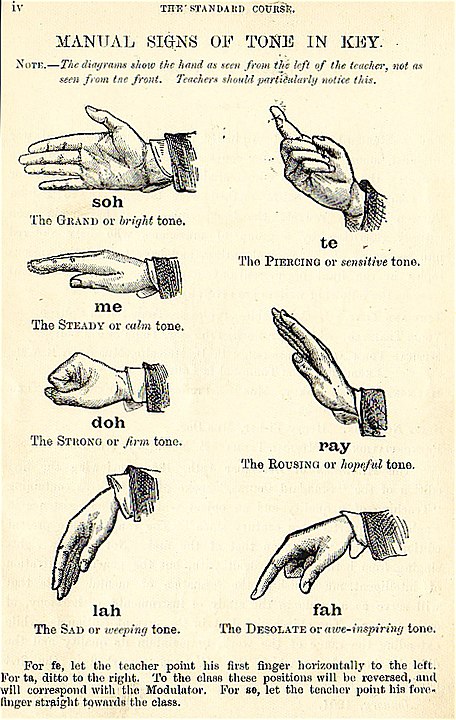The name of Zoltán Kodály is well-known not only in Hungary but throughout the world due to his music teaching method called Kodály method.

The composer, musicologist, music educator, and folk music researcher was born in 1882 in Kecskemét (Central Hungary). In the city, more schools and institutes are named after him, for example Kodály Institute Music Academy. Zoltán Kodály studied first in the elementary school of Galánta (nowadays Galanta, Slovakia) and then in the high school of Nagyszombat (nowadays Trnava, Slovakia). After the final exam, he enrolled to the Hungarian-German department of the Hungarian Royal Science University of Budapest and to the composing department of the Hungarian Royal Music Academy. He graduated in 1904 in both departments. One year later, he returned to Galánta and started collecting Hungarian folk songs. He met Béla Bartók, another famous Hungarian composer in this tour. They studied hundreds of songs in a couple of months and they noted the melodies or recorded them with phonographs. The two composers later published these songs in various magazines, some of them with piano accompaniment (1906, Magyar népdalok – Hungarian Folk Songs).

Zoltán Kodály left Hungary and travelled to Germany and to France for studying the music of Claude Debussy. The French composer’s work made a huge impact on him. When Kodály returned to Hungary, he started teaching music theory and composing music in the Music Academy.
In 1911, he founded the New Hungarian Music Association together with Béla Bartók. Kodály wrote his first study based on their research in 1917 (Ötfokú hangsor a magyar népzenében – Pentatonic Scale in the Hungarian Folk Music).

Probably this study was the first step in figuring out his music teaching method. Based on the Kodály method, the musical hearing can be evolved. It teaches the connections between sounds and distances linked to the solmization syllables. The goal of this method is to teach music from the early years step by step. First, the children learn songs only by experience, later they study to note them. The next step is the pacing and at the end solmization. Kodály also added hand signals to the solmization sounds, they are based on the British John Curwen (1816-1880) hand signals. In this education material, the Hungarian folk songs play an important role because the pentatonic scale is the easiest to learn.

In the Hungarian schools, Kodály method has been used since 1945. It was so popular, that the first music elementary school was founded in 1950 and another hundred music schools were open in the next fifteen years.

The method was drawn international attention in 1958 in the International Society for Music Educators’ conference. It became popular in short time, thus the method was introduced in more countries in Europe (with some changes), in the United States (without change), and in Japan.
Kodály continued to compose works for educational purposes in the last two decades of his life, but he also composed several choral works, for example Kállai kettős – Double Dance from Kálló (1950). His last major orchestral work is the Symphony (1962).
https://www.youtube.com/watch?v=TQ26FW06pHk&list=RDTQ26FW06pHk&index=1
Zoltán Kodály composed hundreds of stage works, orchestral works, choral works, chamber music, mass, songs, and works of pedagogy. For his life work, he received three Kossuth Prizes (an award to acknowledge outstanding personal and group achievements in the fields of science, culture and the arts).

Kodály died on 6th March 1967 in Budapest, he was buried in the Farkasréti cemetery. Many institutes, schools, and Kodály körönd Square (Andrássy Avenue, Budapest) are named after him.
